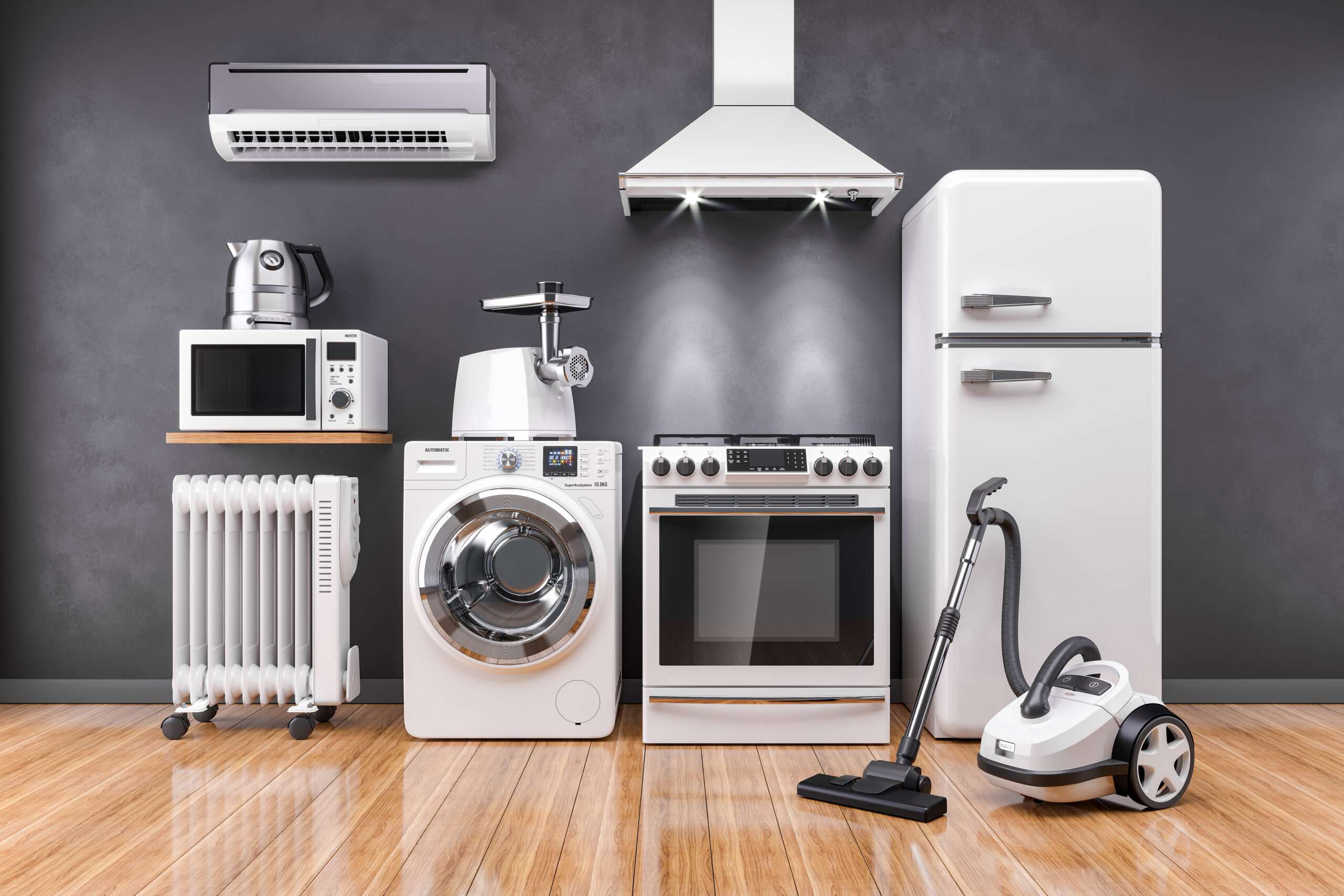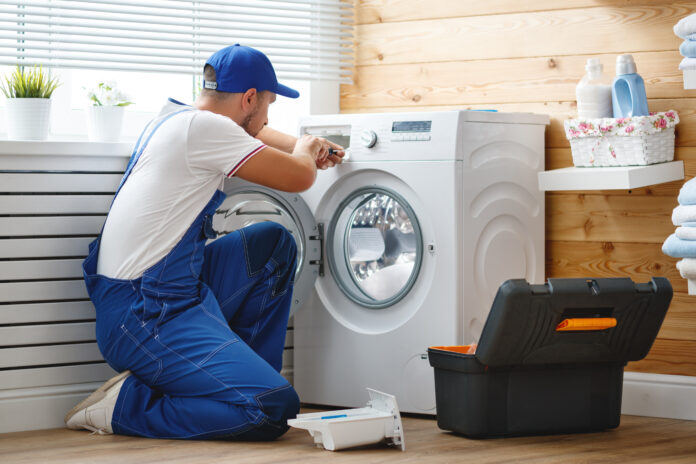Every day, people rely on their home appliances. Appliances are made to make people’s lives simpler, from the reliable dishwasher that keeps you from having to spend hours at the kitchen sink to your fridge and freezer that let you shop for groceries once a week and enjoy your favorite delights whenever you want.
After you have bought your appliances, proper appliance installations can ensure that your machines perform at their best. After proper appliance installation, it’s necessary to do routine checks to ensure the optimum function of the appliance.
Appliance Maintenace Checklist
Unfortunately, a lot of people think that their appliances don’t need any maintenance and end up neglecting them. Following a maintenance checklist can help increase your appliances’ longevity. It could also save you some expensive repair costs. Below is an appliance maintenance checklist that you could follow:
Air Conditioning Appliance Care
- Ceiling Fans
Clean the ceiling fans once a year. Start by brushing the blades, then remove any leftover sticky stains with a moist cloth dipped in soapy water. Before operating the fan again, let it dry naturally. Since dust can collect on the motor and make a fan run slowly, you can vacuum it out.
Some ceiling fans need to be lubricated on occasion to run smoothly. Fill the oil hole on the top side of the motor with any light oil (like the ones used on sewing machines). Fill this hole with oil until it spills over, then wipe away any extra with a tissue or rag.
- Air Conditioners
Every month, check the furnace filter and change it as soon as it becomes clogged. Examine the outdoor condenser unit and clear the sides and top of the cabinet for any leaves, grass clippings, or other debris. Maintain at least two feet of clearance on all sides of the unit by trimming back bushes and other plants as necessary to guarantee sufficient airflow to the condenser coil.
Kitchen Appliance Care

- Dishwasher
Clean the door’s edges and gasket by using a damp cloth to wipe it. Use a brush to get into small places. Next, check for debris underneath the door. Clean up if necessary.
To avoid rust, immediately fix any plastic coating on racks that have been damaged or chipped. Rust can be removed with steel wool, and the damaged rack tines can then have slip-on rubber tips added.
Make sure the water can flow freely through all the holes in the spinners. Use a toothpick or needle-nose pliers to remove any obstructions from the holes if they are clogged. Finally, use warm vinegar to scrape any lime deposits from the dishwasher spray arms.
- Refrigerator
The water filter in the refrigerator that makes ice needs to be changed often. The filter should be changed every six months or as often as the manual says. Remember that water “filtered” by a dirty filter is still dirty!
Wash the coils in the condenser. For a refrigerator or freezer to operate effectively and prevent overheating, the condenser coils, which regulate the unit’s temperature, must be kept clean. The coils accumulate dirt, hair, and other debris over time. Every three months, disconnect the appliance and use a vacuum to clean the coils. You should be able to find and clean this part using the manual.
Laundry Room Appliance Care
- Clothes Washer
It’s best to leave your washer door open after you’ve finished a load of washing. This way, the washer will have airflow and prevent moisture buildup, which can result in mold and mildew. Using a washing machine cleaner at least once a month will help maintain the overall performance of the washing machine. Also, make sure that the bellow, a rubber gasket that seals the door, is clean and in good condition.
Avoid overloading the washer because it can cause some parts of the machine to break or wear out faster than they would under normal use. To make your washer last longer, stick to the manufacturer’s suggested maximum capacity.
- Clothes Dryer
Every two years, make sure to clean the exhaust vent. This step is crucial in maintaining your dryer and helping prevent fires. Clean up any lint accumulation in the dryer vent by removing it from the back.
Examine the exterior vent cap. It is typical for snow, dirt, or yard debris to accumulate around the vent. Clean the vent regularly to allow the air to circulate freely. Avoid overloading the dryer because large loads require more energy and take longer to dry.
You might develop a musty scent if your garments don’t dry entirely. Lastly, clean the lint screen thoroughly after every wash. To remove residue from dryer sheets, wash the lint screen every three months with a small amount of detergent and rinse it well.
Conclusion
Maintaining your appliances regularly will give you a big payoff in the future. Even the little things in appliance maintenance go a long way. A well-maintained appliance can have a longer lifespan, saving you a great amount of money and preventing regular trips to the nearest service center.
Being the machines that they are, appliances will eventually wear out. But by following the maintenance checklist in this article, you could likely make your appliances function at their optimum for a lot longer.





























